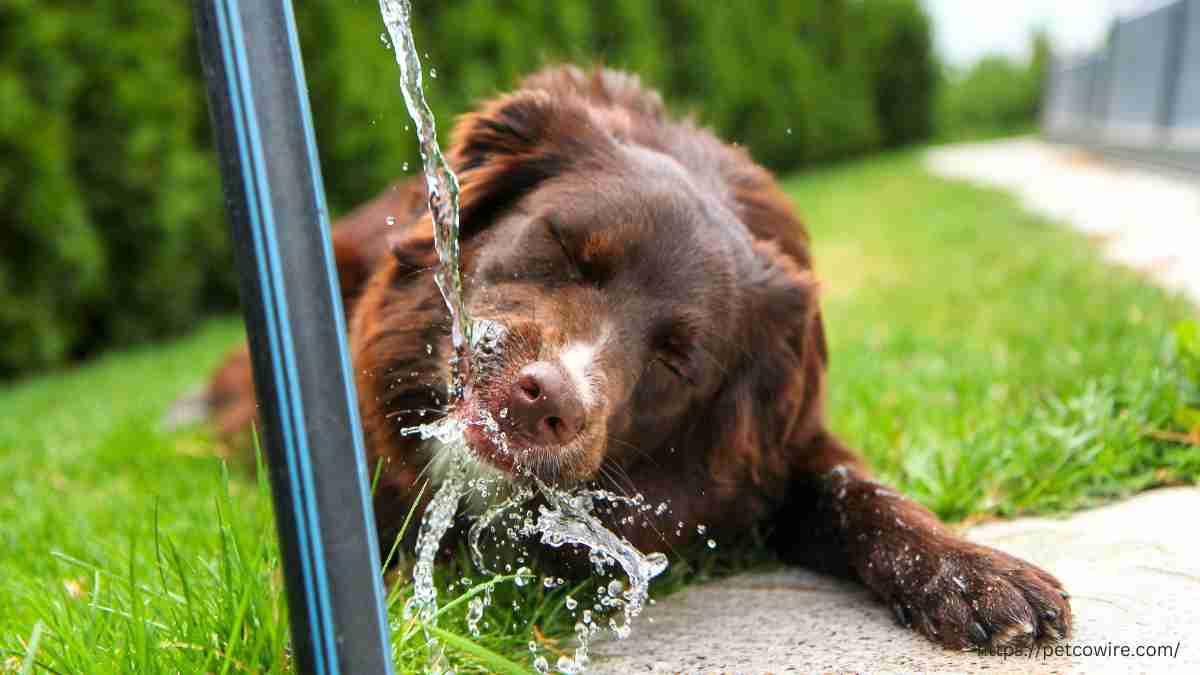In the world of canine companions, the unique coat pattern known as “merle” has captivated dog lovers and breed enthusiasts alike. Beyond its aesthetic appeal, questions arise about the potential impact of this distinctive coat on a dog’s sensitivity to temperature changes. In this comprehensive exploration, we delve into the research and uncover the factors that may make merle dogs more susceptible to temperature fluctuations.
Table of Contents
Deciphering the Merle Coat and Its Significance in Temperature Regulation
Merle coat patterns, characterized by splotches of darker color on a lighter background, are prevalent in various dog breeds. To comprehend the potential link between merle coats and temperature sensitivity, it is crucial to understand the genetic and physiological aspects of this distinctive feature.
The Genetic Underpinnings of Merle Coats
- Merle gene variants and their inheritance patterns
- Impact of merle gene on coat pigmentation
- How genetic factors may influence temperature regulation
The genetics behind merle coats play a pivotal role in determining not only the dog’s appearance but also its physiological responses to environmental factors, including temperature changes.

Exploring Temperature Sensitivity in Dogs: An Overview
Understanding temperature sensitivity in dogs requires a broader examination of how canines, in general, respond to variations in their surroundings. From the structure of their coats to the functioning of their internal systems, dogs have evolved various mechanisms to cope with temperature fluctuations.
The Role of Coat Type in Temperature Regulation
- Double-coated breeds vs. single-coated breeds
- Insulation properties of different coat types
- How coat composition may affect a dog’s ability to regulate body temperature
A dog’s coat acts as a natural insulator, influencing its ability to adapt to different temperatures. The merle coat, with its unique patterns, introduces an intriguing variable into this equation.
Merle Dogs in the Crosshairs: Are They Truly More Temperature-Sensitive?
The central question remains: do merle dogs exhibit heightened sensitivity to temperature changes compared to their non-merle counterparts? To unravel this mystery, we delve into scientific studies and anecdotal evidence from dog owners and breeders.
Scientific Studies on Temperature Sensitivity in Merle Dogs
- Analysis of physiological responses to temperature variations
- Comparative studies between merle and non-merle dogs
- Identifying potential correlations between coat patterns and temperature sensitivity
Scientific research serves as a cornerstone in determining whether merle dogs indeed experience a distinctive level of temperature sensitivity.
Real-World Insights: Tales from Merle Dog Owners and Breeders
In addition to scientific findings, the experiences of those who intimately know and care for merle dogs offer valuable insights. Dog owners and breeders share anecdotes and observations that contribute to our understanding of how merle dogs navigate different climates.
Anecdotes of Merle Dogs in Various Environments
- Merle dogs in cold climates: challenges and adaptations
- Coping mechanisms in warm and hot regions
- Owners’ perspectives on their merle dogs’ temperature preferences
Real-world scenarios shed light on the practical implications of temperature sensitivity in merle dogs and how it may influence their well-being.
Practical Tips for Caring for Merle Dogs in Different Climates
Armed with a comprehensive understanding of merle dogs and temperature sensitivity, it’s time to explore practical tips for pet owners. Whether you reside in a frigid winter wonderland or a scorching summer landscape, providing optimal care for your merle companion is paramount.
Tailoring Care Practices to Temperature Conditions
- Winter care: protective measures for cold climates
- Summer strategies: preventing overheating in warmer regions
- Year-round considerations for merle dog owners
Discovering the best practices for caring for merle dogs in diverse climates ensures their comfort and well-being throughout the seasons.
Conclusion: Navigating the Thermometer with Your Merle Canine Companion
As we conclude our exploration into the relationship between merle dogs and temperature sensitivity, one thing becomes evident – merle coats add a layer of complexity to a dog’s ability to regulate its body temperature. While scientific studies provide valuable insights, the real stories from merle dog owners highlight the importance of tailored care practices.
In your journey with a merle companion, understanding their unique needs in various climates ensures a happy and healthy life for your furry friend. So, embrace the distinctiveness of your merle dog, and together, weather the seasons with joy and companionship!
You May Also Like:

